In order to realize the goal of universal health insurance and in accordance with the two-level local government model, the Secretariat recently issued Directive No. 52-CT/TW on implementing universal health insurance in the new period.
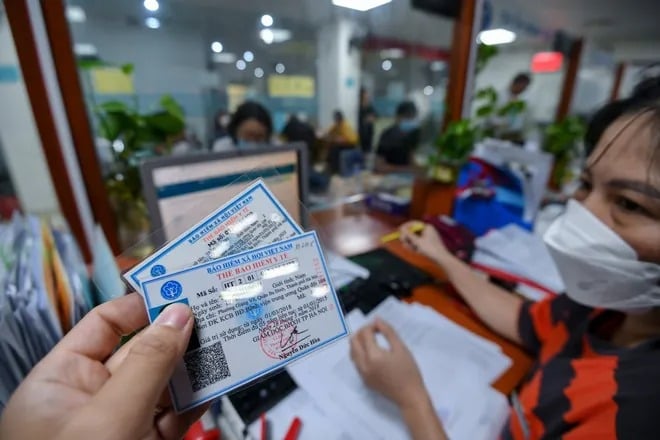 |
| Although the rate of people participating in Health Insurance is increasing rapidly, there are still more than 5% of the population who have not participated. The majority of people who do not participate are those with limited economic resources, dependent on their families, or those without stable jobs. |
Previously, on September 7, 2009, the Secretariat issued Directive No. 38-CT/TW on “Promoting Health Insurance in the new situation” to achieve the goals of protecting, caring for and improving people's health. Accordingly, the Health Insurance coverage rate increased from 58% in 2009 to 94.26% in 2024, equivalent to about 95.5 million people.
During the same period, the number of people with health insurance cards going for medical examination and treatment increased from 88.6 million (in 2009) to 183.6 million (in 2024). The benefits of medical examination and treatment of health insurance participants are also increasingly expanded when the list of drugs, medical equipment and technical services are used according to professional capacity.
According to the Social Insurance Agency, as of September 2025, the cumulative number of health insurance examinations and treatments reached 143.8 million, with health insurance expenditure of VND 119,283 billion.
According to Permanent Deputy Minister of Health Vu Manh Ha, in the two years of 2023-2024 as well as during the implementation of Directive No. 38-CT/TW, the Government, ministries, branches and localities have led, directed and organized the basic and complete implementation of tasks, targets and legal policies on Health Insurance; in which a number of tasks and targets have been completed beyond expectations.
By the end of 2024, nationwide, there will be 13,395 facilities that have signed contracts for health insurance examination and treatment, including 1,793 public facilities and more than 10,390 commune and ward health stations. In addition, there are 1,212 private health facilities that have participated extensively in health insurance examination and treatment, contributing to reducing the overload situation at public hospitals.
Meanwhile, Head of the Department of Health Insurance (Ministry of Health) Tran Thi Trang said that in the first 9 months of 2025, this unit thoroughly grasped and seriously and effectively implemented the Party's Resolutions, conclusions and directions of the Politburo, the Secretariat, and Resolutions of the National Assembly.
Regarding decentralization and delegation of power according to the 2-level local government model, the Department of Health Insurance has advised and guided the creation of favorable conditions to transfer a number of documents and procedures to health insurance examination and treatment facilities, ensuring smooth progress and not affecting the rights of participants.
Although the rate of people participating in Health Insurance is increasing rapidly, there are still more than 5% of the population who have not participated. The majority of people who do not participate are those with limited economic resources, dependent on their families, or those without stable jobs.
In addition, the implementation of Directive No. 38-CT/TW also revealed a number of shortcomings such as some Party committees, Party organizations and authorities have not paid due attention to leadership, direction, inspection, supervision and resolution of problems; propaganda and mobilization work in some places is still formal and ineffective; mechanisms and policies are not yet synchronized; health insurance appraisal and payment of medical examination and treatment costs are still problematic; the quality of medical examination and treatment at grassroots health facilities and in remote, isolated and particularly difficult areas has not met requirements.
To realize the goal of universal health insurance, the Secretariat issued Directive No. 52-CT/TW to overcome the limitations of Directive No. 38-CT/TW and make appropriate adjustments to the two-level government model.
Directive No. 52 has set out the orientation, tasks and key solutions to effectively implement the goal of universal health insurance. Accordingly, by 2026, the health insurance coverage rate must reach more than 95% and aim to cover the entire population by 2030.
Deputy Minister of Health Vu Manh Ha said that the Ministry of Health will calculate fundamentally, scientifically, practically and in accordance with legal regulations in the coordination with ministries, branches, and health departments of 34 provinces and cities to promote administrative procedure reform, apply information technology, avoid backlog, and settle medical examination and treatment costs under Health Insurance.
The Ministry also coordinated to develop pilot payment norms for medical examination and treatment costs under Health Insurance based on electronic medical records, and continued to improve the legal framework to resolve difficulties and problems of medical examination and treatment facilities regarding Health Insurance payments.
Regarding health insurance medical examination and treatment, the Ministry of Health issued Decision No. 3276/QD-BYT on the application of the list of codes for medical examination and treatment and fuel codes for sending electronic data on health insurance medical examination and treatment costs.
According to the decision, the Ministry of Health officially abolished Appendix 5 of the list of petroleum codes and object codes issued with Decision No. 824/QD-BYT dated February 15, 2023 and Decision No. 2010/QD-BYT dated June 19, 2025.
This replacement aims to complete the shared coding system, serving the management, appraisal and payment of health insurance examination and treatment costs through the electronic data system.
From July 1, 2025 to October 17, 2025, if the medical examination and treatment facility has used a different subject code than the new regulations, it is necessary to re-extract electronic data on health insurance examination and treatment costs and send a replacement file to the Data Receiving Portal of the Vietnam Social Security Agency. This must ensure the rights and benefits of health insurance participants in accordance with regulations.
In case the facilities do not extract and return the records, the social insurance agency will conduct an appraisal according to the used object code, with the condition that the scope of benefits and level of enjoyment of the patient must still be ensured.
During the transition period from now until December 31, 2025, if the application of the new code encounters difficulties due to objective reasons, medical facilities can still re-extract data and send replacement records, ensuring consistency and accuracy in cost payment.
Vietnam Social Security, under the Ministry of Finance, will receive all electronic data from medical facilities to ensure the synchronization, consistency and accuracy of common data nationwide.
The new list of subject codes clearly stipulates health insurance benefits for each specific case. Accordingly, patients who are examined at the original registered place will receive 100% of the cost within the scope of health insurance benefits. Patients who are examined at other initial facilities such as health stations, family medicine clinics, military, civilian medical clinics, etc. will still receive 100% of the cost, regardless of the benefit level stated on the health insurance card.
In addition, patients who receive medical examinations based on referrals or follow-up appointment cards, organ donors, and newborns treated immediately after birth are also entitled to 100% of the costs.
In case outpatients at basic medical facilities score from 50 to under 70 points, from July 1, 2026, they will enjoy 50% of the cost; before this time, this group was not entitled to health insurance.
Patients who are not examined at the right central facility will only receive 40% of inpatient costs, and will not be paid for outpatient costs. In emergency cases, ethnic minorities and poor households living in difficult areas and island communes will receive 100% of health insurance costs.
In cases of receiving medicine according to an appointment, the authorized person receiving the medicine or when the medical facility delivers medicine to the patient in the event of a group A epidemic or force majeure situation, the patient is still guaranteed to receive 100% of the cost of medical examination and treatment according to regulations.
The Ministry of Health also noted that the code of the patient coming for medical examination and treatment will be determined by the medical facility after the examination or treatment process is completed and sent to the Social Insurance Agency's Data Receiving Portal in XML data format. In case a patient belongs to many groups, the medical facility will select the code in order of priority from top to bottom in the prescribed list.
Source: https://baodautu.vn/huong-toi-ty-le-bao-phu-bao-hiem-y-te-dat-100-dan-so-vao-nam-2030-d429993.html



![[Photo] Chu Noodles - the essence of rice and sunshine](https://vphoto.vietnam.vn/thumb/1200x675/vietnam/resource/IMAGE/2025/11/11/1762846220477_ndo_tl_7-jpg.webp)

![[Photo] Prime Minister Pham Minh Chinh receives Lao Minister of Labor and Welfare Phosay Sayasone](https://vphoto.vietnam.vn/thumb/1200x675/vietnam/resource/IMAGE/2025/11/11/1762872028311_dsc-2246-jpg.webp)


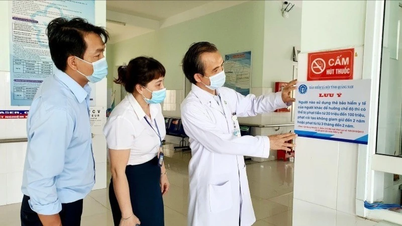

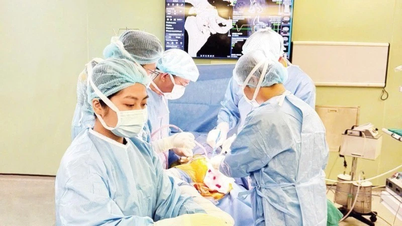


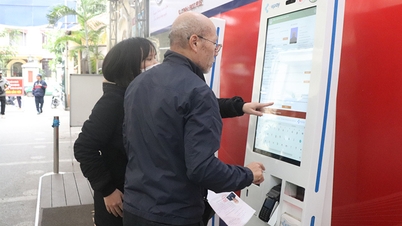

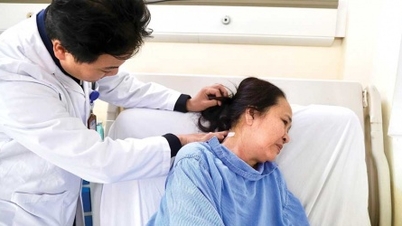
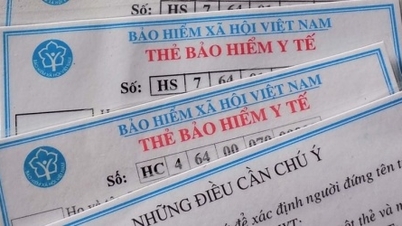
















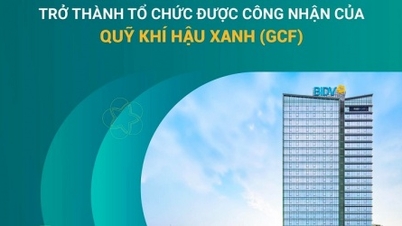


















































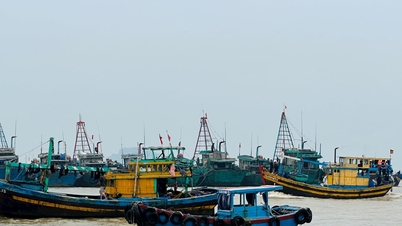



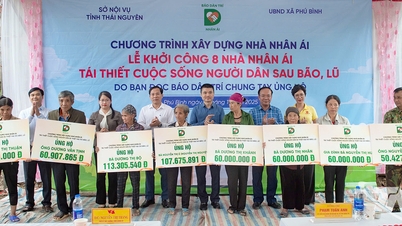


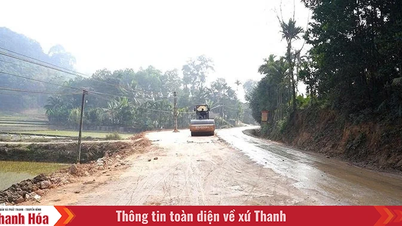




![Dong Nai OCOP transition: [Article 3] Linking tourism with OCOP product consumption](https://vphoto.vietnam.vn/thumb/402x226/vietnam/resource/IMAGE/2025/11/10/1762739199309_1324-2740-7_n-162543_981.jpeg)




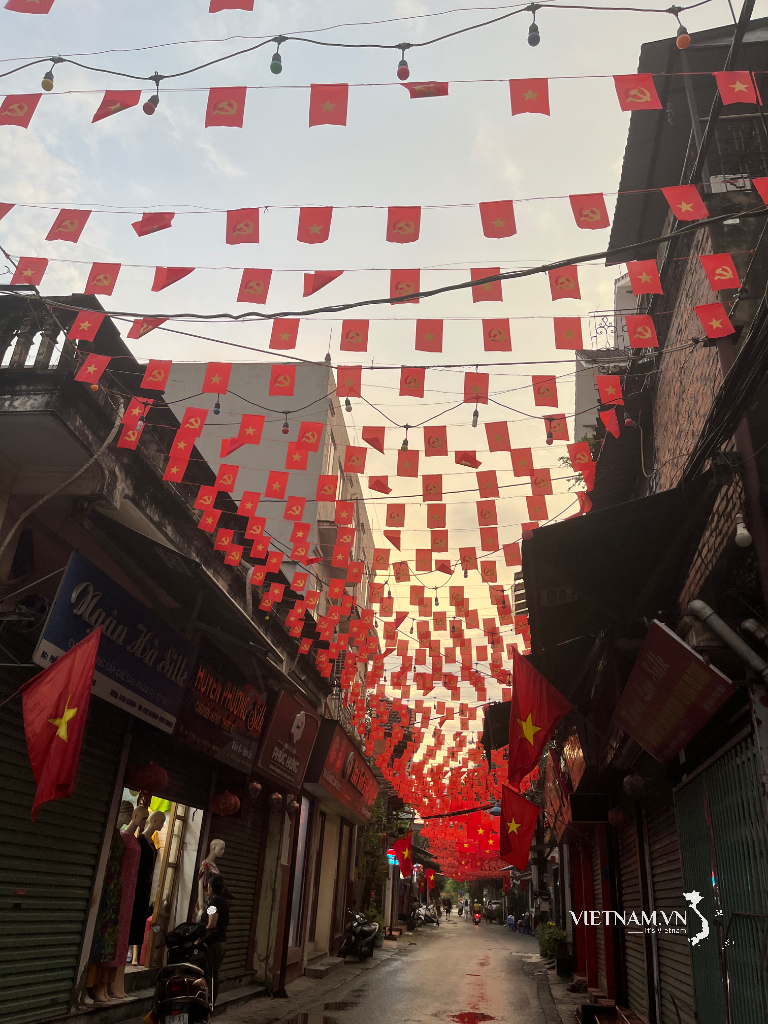



Comment (0)